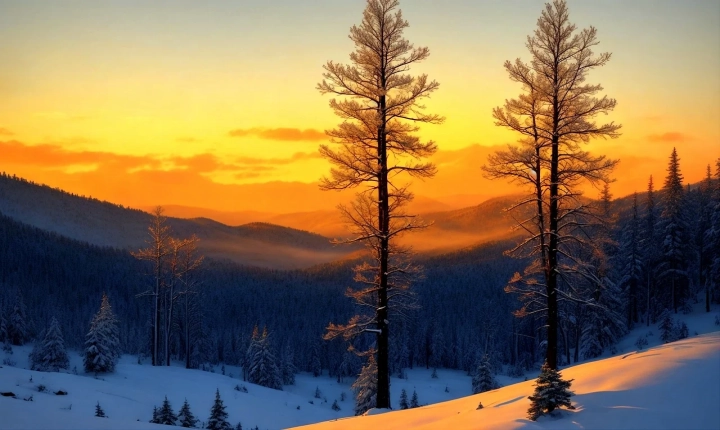With the rapid advancements in artificial intelligence (AI) and machine learning, it has become increasingly difficult to discern between real and AI-generated images. As AI technologies continue to mature, the quality and realism of computer-generated images are reaching a point where they can easily be mistaken for real photographs. This has led to concerns about the potential misuse of AI-generated images for deceptive or malicious purposes. In order to combat this issue, it’s important for individuals to be able to identify whether an image has been generated by AI. In this article, we will explore some key techniques for determining if a photo is AI-generated.
One of the first telltale signs of an AI-generated photo is the presence of unusual or unrealistic visual elements. AI algorithms often struggle to accurately replicate certain details found in real-world images, such as intricate textures, reflections, and lighting effects. Thus, if an image contains elements that seem oddly off or too perfect, it could be an indication that it was created by an AI software.
Another common indicator of an AI-generated photo is the presence of peculiar artifacts or anomalies. When an AI program generates an image, it may inadvertently introduce artifacts or inconsistencies that are not typically found in real photographs. These can manifest as strange patterns, irregular pixel clusters, or noticeable distortions in the image. By carefully examining the details of an image, one may be able to spot these anomalies and deduce that the image is AI-generated.
Moreover, the context in which the photo is presented can also provide clues about its authenticity. If the photo is associated with a source known for creating AI-generated content, such as a digital art studio or a research institution specializing in AI, it’s more likely that the image is computer-generated. Furthermore, if the image is found within a social media post, website, or article that discusses AI-generated content, it is advisable to approach the image with skepticism and consider the possibility of it being AI-generated.
Modern AI-generated images often lack the imperfections and idiosyncrasies that are typically found in authentic photographs. Real-world photos often contain subtle variations and irregularities that are a result of the limitations of cameras, natural lighting, and the environment in which the photo was taken. Conversely, AI-generated images may appear too consistent, lacking the subtle flaws and nuances that are characteristic of real-world photography.
In recent years, a variety of tools and resources have emerged to aid in the identification of AI-generated images. Some websites and applications offer services that analyze and determine the likelihood of an image being AI-generated based on certain visual cues and patterns. These tools typically examine the image for specific features that are common in AI-generated content, such as the occurrence of unusual textures or repetitive visual patterns. While these tools may not be foolproof, they can serve as a useful starting point for individuals seeking to discern the authenticity of an image.
As the capabilities of AI continue to evolve, it is crucial for individuals to remain vigilant and discerning when consuming visual content. The ability to differentiate between real and AI-generated images is becoming an increasingly important skill in the digital age. By being aware of the telltale signs of AI-generated content and utilizing available tools, individuals can better safeguard themselves against potential deception and misinformation stemming from computer-generated visuals.
